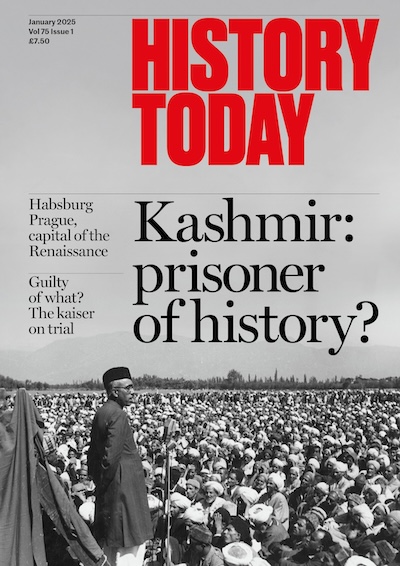The New York Times Goes to War
Jonathan Marwil describes the eye-opening experience of three young Americans who went to report from the battlefields of the Italian War of Independence.
In the late afternoon of June 20th, 1859, three Americans were seen walking around the village of Magenta in northern Italy, surveying the remains of a grisly battle fought there sixteen days before involving the armies of France, Piedmont, and Austria. Burial mounds, some holding hundreds of bodies, dotted the landscape still strewn with remnants of the fighting itself. Scattered about were letters that had been thrown out of the pockets of the dead by those who stripped them for hasty burial. One of the three was Henry Jarvis Raymond, the thirty-nine-year-old editor and co-founder in 1851 of the New York Times.
The paper had never covered a war. The only one it might have, the Crimean War (1854-56), had been far away. Italy was closer, and the war being fought there mattered to many in America, from recently-arrived immigrants to long-established New England families.





